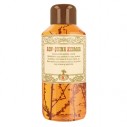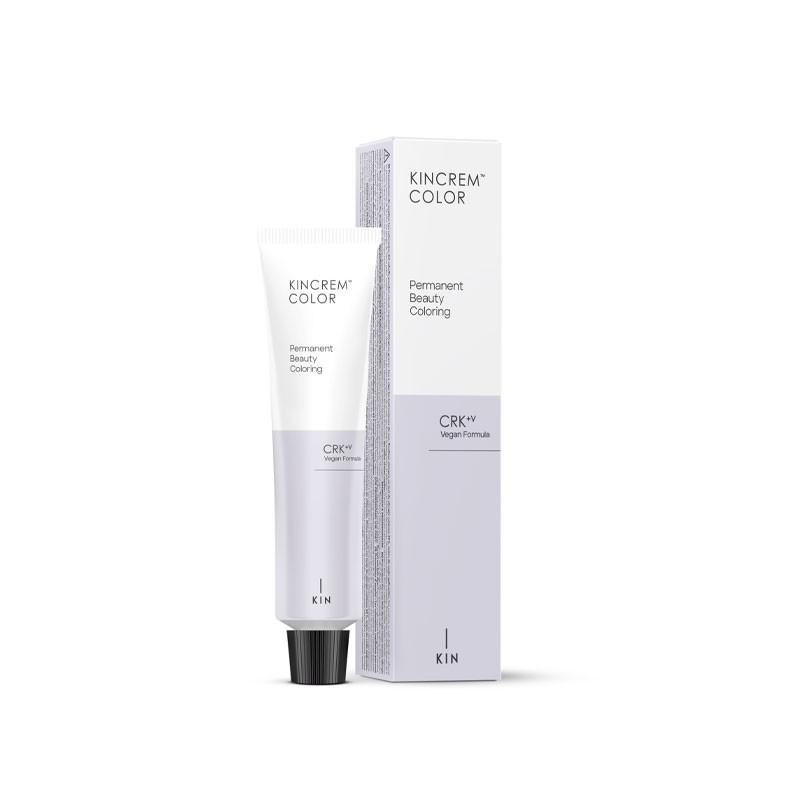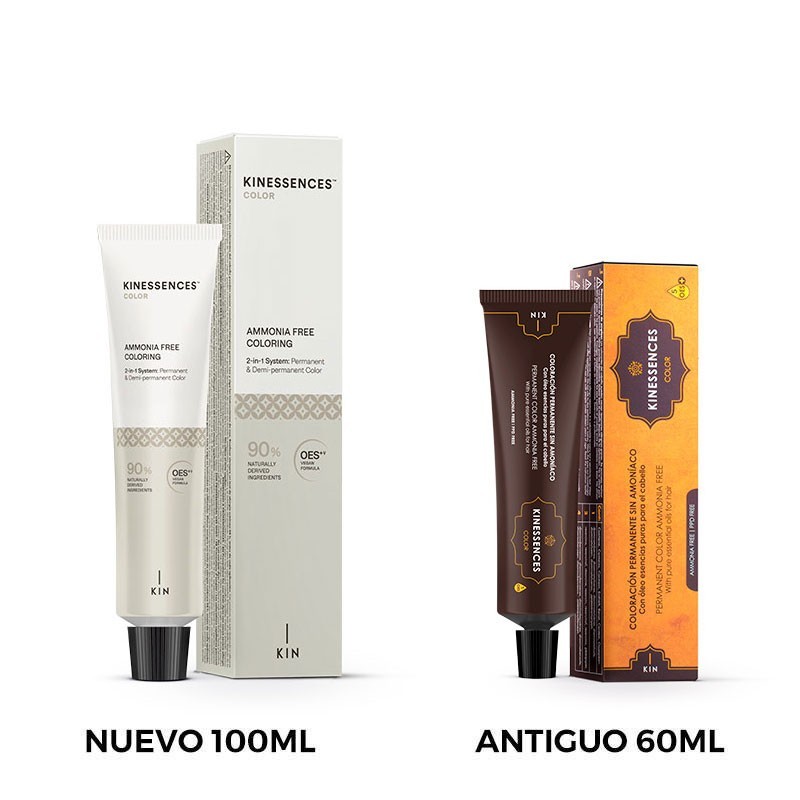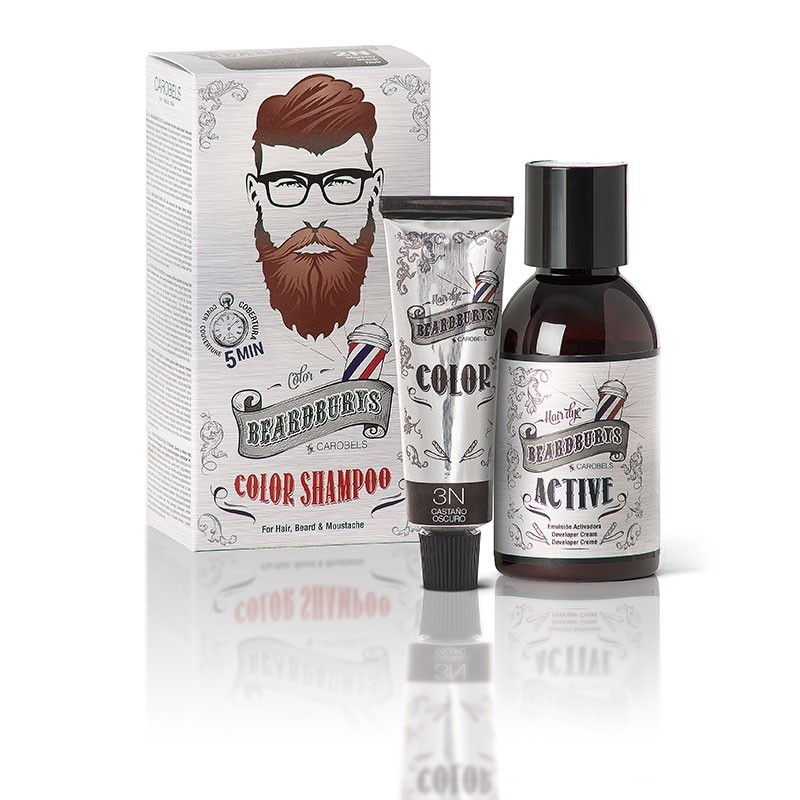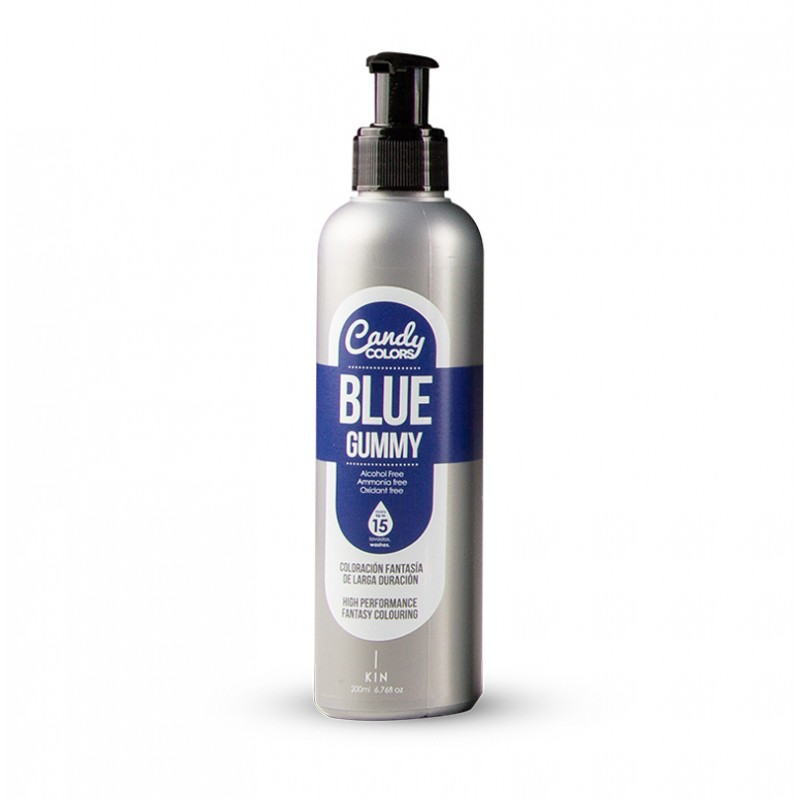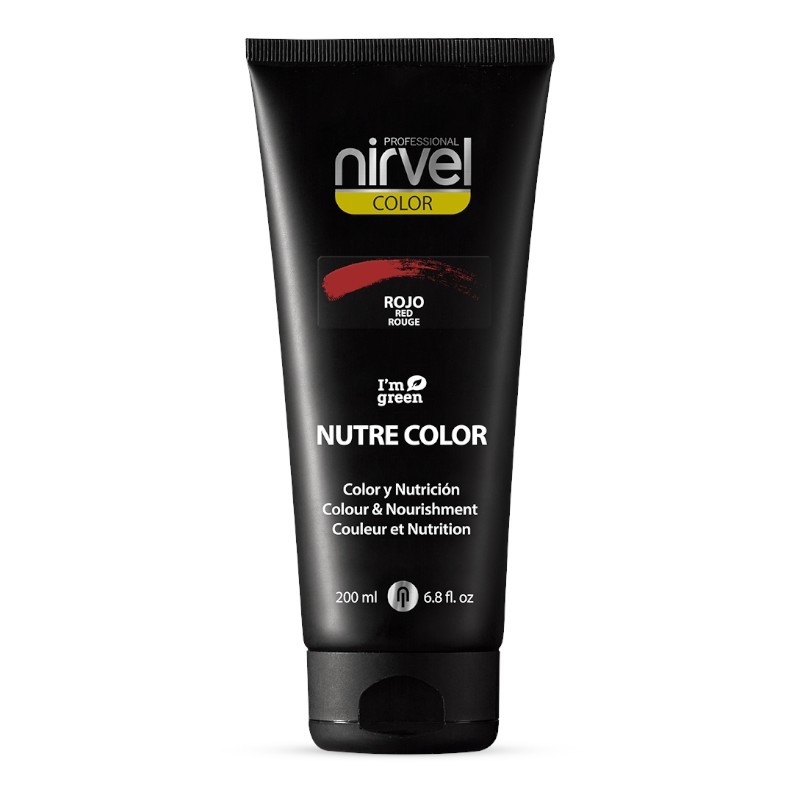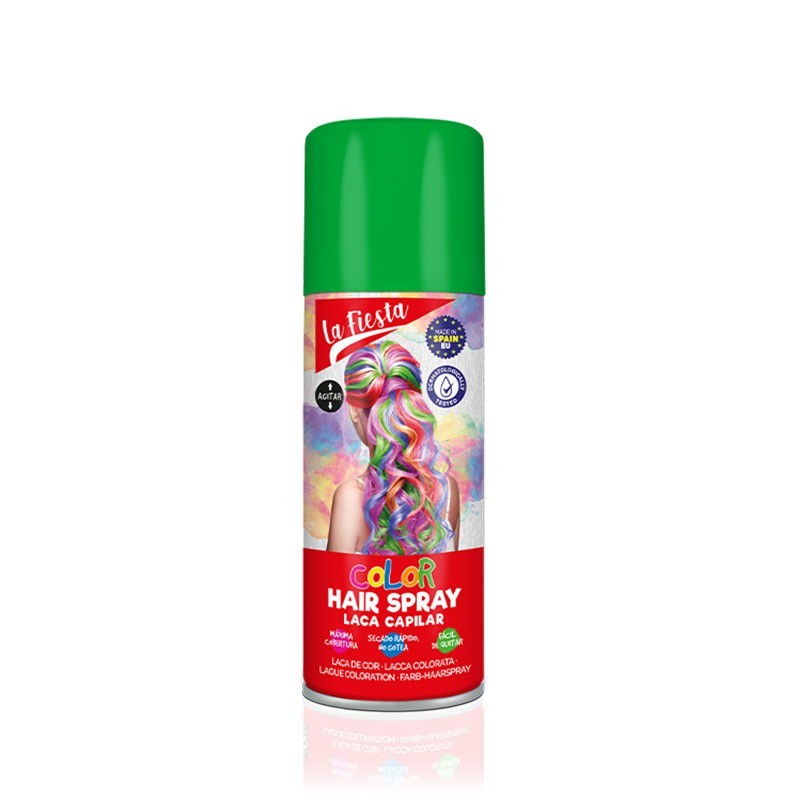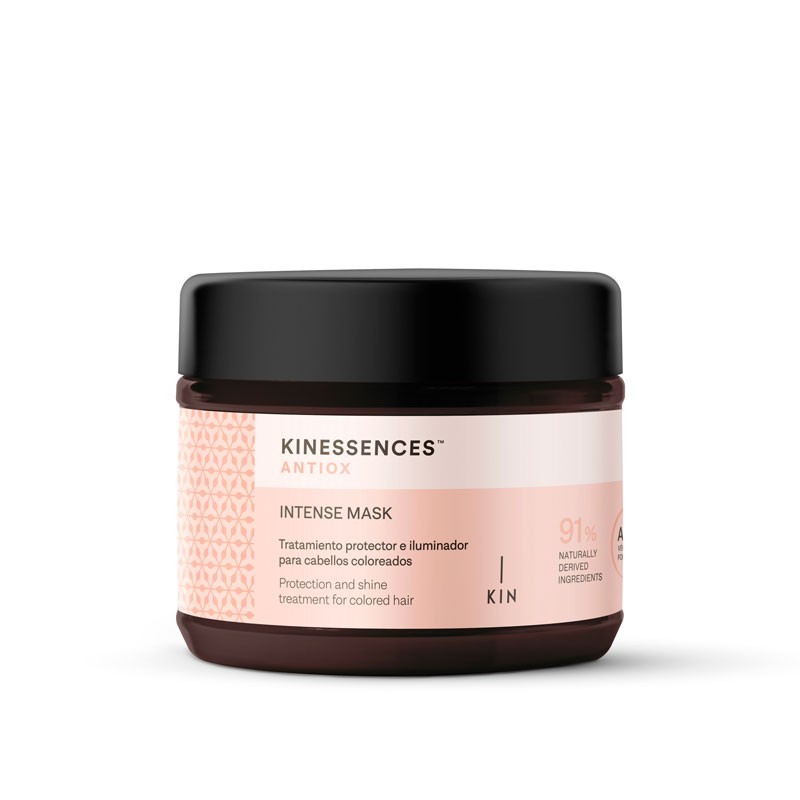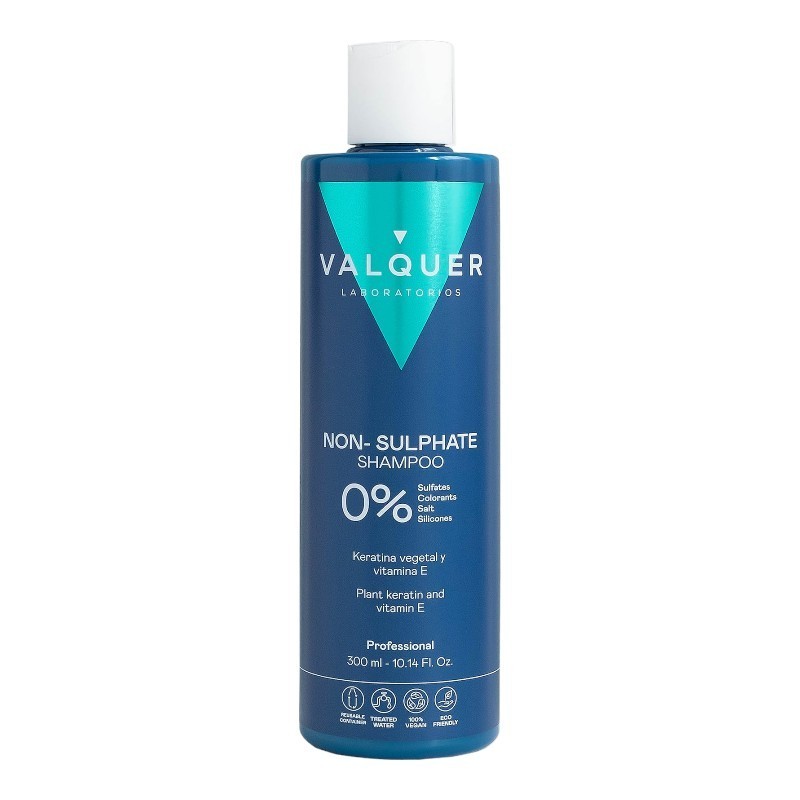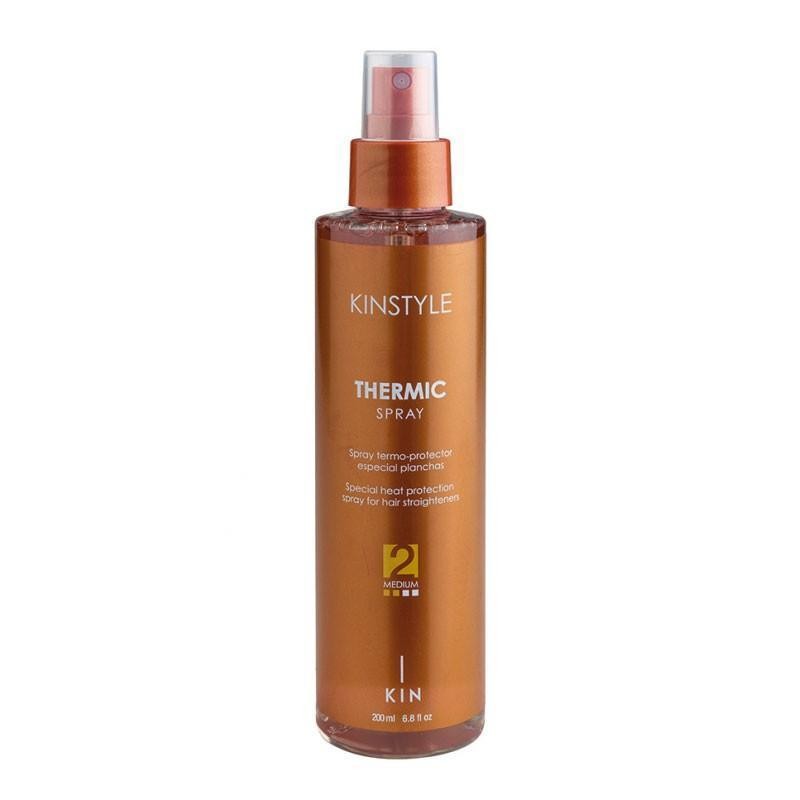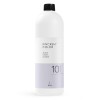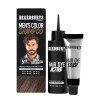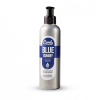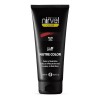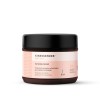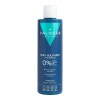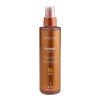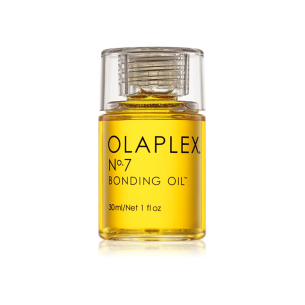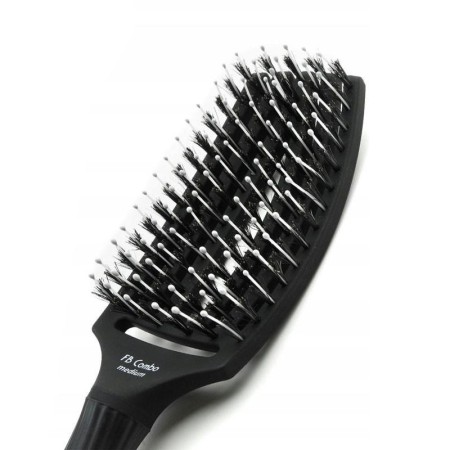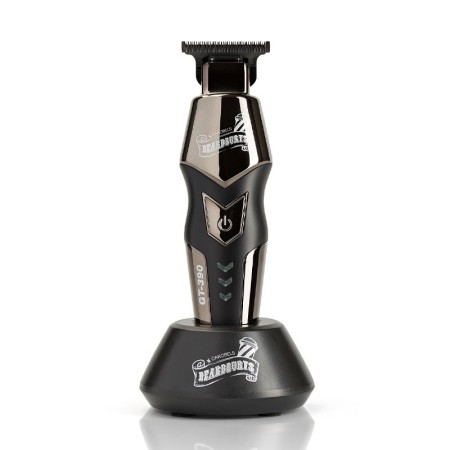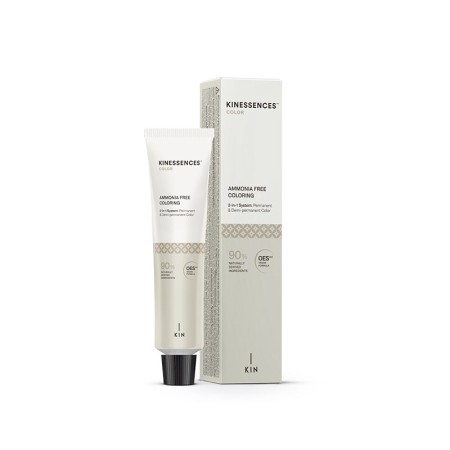Complete guide to hair coloring: Types, techniques and care
Hair coloring has become one of the most popular trends in the beauty world. Whether it's to cover gray hair, experiment with new shades or enhance natural color, hair dye offers multiple possibilities. In this complete guide, we'll explore the types of coloring, the most commonly used techniques and the care needed to maintain vibrant color and healthy hair.
Types of hair coloring
There are different types of hair coloring that adapt to the needs and preferences of each person. Below, we explain the most common ones:
-
Permanent coloring:
Permanent hair colour is ideal for those looking for a long-lasting transformation or effective grey coverage. This type of colour penetrates the hair cuticle and alters the hair structure to set the colour for a long time. To achieve this result, products containing ammonia or alternative ingredients are used that facilitate the opening of the cuticle, allowing the pigments to penetrate deep into the hair fibre.
Permanent hair color requires regular touch-ups at the roots, as hair growth can reveal the natural color. It is the most suitable option for those who want a long-term change or reliable gray coverage.
Kincrem Vegan Hair Color (+120 shades) without PPD (paraphenylenediamine) and low in ammonia
-
Semi-permanent or “Tone on Tone” coloring:
Semi-permanent hair color, also known as “tone on tone,” is a gentler alternative to permanent hair color. This type of color does not drastically alter the internal structure of the hair, meaning it fades progressively after several washes, usually between 6 and 12. It is perfect for those who want to experience a change of tone without a long-term commitment. It is also ideal for those looking to intensify their natural color, add highlights, or give their hair more depth, as it does not contain ammonia and is less aggressive on the hair.
Kinessences Vegan Hair Color is ammonia-free and PPD (paraphenylenediamine) free
Beardburys Color Shampoo for hair and/or beard (various shades)
-
Temporary or direct coloring:
Temporary coloring is an excellent option for those who want a quick and reversible change. Unlike other types of coloring, this is deposited on the surface of the hair without altering its internal structure. Because it does not penetrate deeply, it is easily removed with the first few washes, usually between 1 and 3. This type of coloring is ideal for special events or momentary look changes, allowing for experimentation without commitment. Being a less invasive option, it is also the most respectful of hair health.
This type of colouring can be found in various textures such as foams, sprays, masks or gels. As it does not lift the natural tone of the hair, the temporary colour is deposited on the surface, for this reason, on dark hair, the results may be less visible or almost imperceptible, especially if it is light or pastel tones. The most intense and vibrant colours, such as reds, dark blues or purples, tend to be more visible on dark hair, but not as much as they would be on light or bleached bases.
Candy Colors Blue Gummy
Nourishing Red Color Mask 200ml
Green Hair Spray
Popular coloring techniques
When it comes to hair coloring techniques, there are several options that allow you to create unique and modern effects. Below, we show you the most popular ones:
- Highlights: This technique involves lightening small strands of hair to create contrast and luminosity. It can be subtle or marked, depending on the desired effect.
- Balayage: One of the most popular techniques in recent years. Balayage is characterized by a soft color transition that begins at the roots and intensifies towards the tips, creating a natural, gradient effect.
- Ombré: Similar to balayage, ombré is based on a color gradient, but in a more pronounced way. The roots are kept dark and the color lightens dramatically towards the tips.
How to choose the right dye for your hair
Choosing the right dye is crucial to getting the result you want and keeping your hair healthy. Here are some tips to help you in your choice:
- Skin tone: If you have warm skin, gold, copper and chocolate tones will suit you. For cool skin tones, ash, platinum blonde and dark brown tones are usually more flattering.
- Eye color: Light eyes tend to stand out with cool tones, while dark eyes combine better with warm tones.
- Hair condition: If your hair is damaged, it is best to opt for semi-permanent coloring or a less aggressive technique, such as highlights, to avoid further damage.
Hair coloring at home: Tips and tricks
Dyeing your hair at home can be a simple task if you follow some key tips:
- Choose the right shade: It is always advisable to choose a shade lighter than desired, as it is easier to darken than to lighten hair.
- Prep your hair: Before applying the dye, make sure your hair is clean and free of product residue. However, do not wash your hair right before dyeing it, as natural oils protect the scalp.
- Follow the instructions: Although it may sound obvious, following the instructions on the dye is crucial. Leaving the product on for longer than recommended can damage your hair.
- Allergy Test: Don't forget to perform a skin allergy test at least 48 hours before applying the dye, to ensure you won't have an adverse reaction.
Common mistakes to avoid when dyeing your hair
Although hair coloring is a common practice, it is easy to make mistakes. Here are some of the most common ones and how to avoid them:
- Not doing a strand test: It is important to do a test on a small strand of hair before dyeing everything, to ensure that the final color will be what you want.
- Dyeing damaged hair: Applying dye to dry and damaged hair can make it worse. If your hair is in poor condition, it is best to treat it with hydration before proceeding with the coloring.
- Choosing the wrong color: As we mentioned above, choosing a shade that does not flatter your skin type or hair condition can lead to an unnatural or even damaging result.
- Trying to lighten a dark dye with a lighter dye: One of the most common mistakes is to believe that applying a blonde or lighter dye over hair that was previously dyed dark will lighten the color. Dye over dye does not lighten. If your hair is dyed dark and you want to lighten it, you will need to go through a bleaching or stripping process to remove the dark pigment before applying the lighter shade. Ignoring this step could lead to unwanted results such as dull tones or unwanted shades, such as orange.
Care to maintain the color and health of your hair
Once you have dyed your hair, it is essential to follow certain care instructions to keep the color vibrant and your hair healthy:
- Hydration: Deep hydration treatments are key to maintaining the softness and shine of dyed hair. Use specific masks for dyed hair at least once a week.
Kinessences Antioxidant Mask
- Sulfate-Free Shampoos: Opt for sulfate-free hair products, as these cleansing agents can strip color and dry out hair.
Valquer sulfate-free shampoo
- Avoid heat: Heat tools, such as flat irons and blow dryers, can cause color to fade faster. Always use a heat protectant and limit the use of these tools.
KINSTYLE Thermic Spray
Hair coloring offers an amazing way to express yourself and change your look, but it also requires careful care and smart choices. With this guide, you now have all the information you need to choose the right type of dye, apply the most popular techniques, and keep your hair healthy and vibrant.
Share this content





















